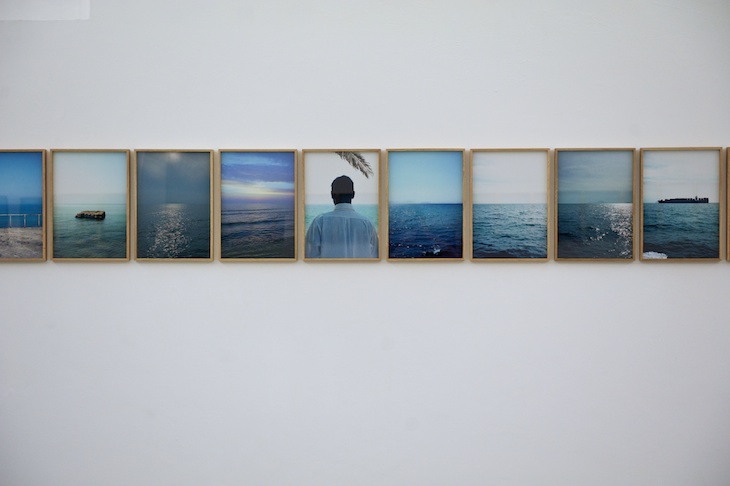
Since no one cares about the 55th Venice Biennale anymore, I feel like sharing my definitive thoughts about my favourite pavilion, without anyone there to contradict me.
So, chart lovers, my favourite pavilion was the Indonesian one, curated by Rifky Effendy.
In no other pavilion the installations of different artists work so perfectly together. The show almost looked like one single artist and yet it encapsulated such a richness of discourses.
If you were at the Venice Biennale in October, you would have seen me wandering in the Arsenal looking for the Indonesian Pavillion.
I actually overshot the main entrance, so I came in by the back door.
It was dark inside, and there was a soft music that I didn’t notice in the first place. The music though ended up being a background noise influencing the entire experience of the pavilion.
The soundscape was actually by Solo composer Rahayu Supanggah, the guy who reinvented traditional Indonesian music. For the Biennale’s composition he was inspired by the theme of the pavilion, which was “Sankti”.
As the press release stated, Sankti is a sanskrit word that refers to the primordial cosmic energy and the personification of the divine, feminine creative energy, as well as indicating change and liberation.
The first dark-metal work I encountered immediately struck me with his expressive power.
A group of man wearing a Muslim hat were sitting at a table. One man was laying with his head on the table, like someone who had been shot or something. One man was pointing his finger to another gentleman, who looked baffled. If you looked better at these two figures and you would notice that their legs where stretched under the table so to touch each other.
But the figure that really stood out was a matriarch in traditional clothes, upright at the end of the table. She was bringing a hand at his chest like saying: “Who, me?”
A weird lamp was falling from the ceiling, almost touching the table. It was shaped like something between an octopus and a tropical fruit.















